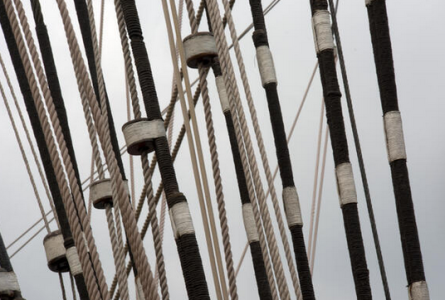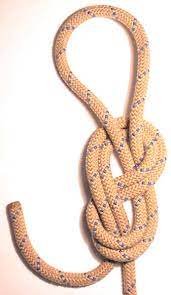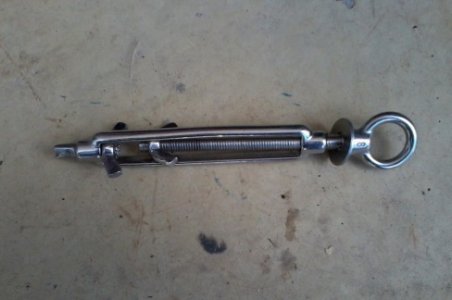zoidberg
Well-known member
I find myself with a length of Marlow Profurl 2 11mm torque rope, which cannot have eye-splices formed due to the structure/density of the rope. It is possible to 'sew' an eyesplice in, but that requires a very expensive commercial machine and a similarly-expensive trained operator. Milady is not up for that!
The other approach is the use of proprietary rope clamps - Selden, Colligo, Wichard, Karver - all of which are eye-wateringly expensive.
Any better ( aka cheaper ) alternatives?
The other approach is the use of proprietary rope clamps - Selden, Colligo, Wichard, Karver - all of which are eye-wateringly expensive.
Any better ( aka cheaper ) alternatives?



